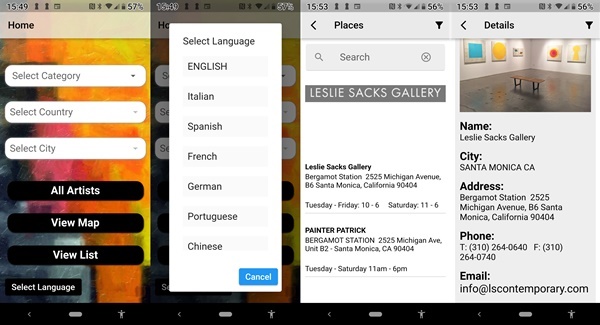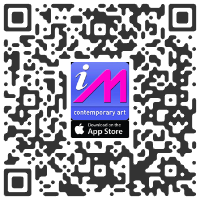"Booth A15"
Ajay Kurian, Alison O'Daniel, Amy Lien and Enzo Camacho, Anicka Yi, Cayetano Ferrer, Elle Pérez, Guadalupe Rosales, Katie Grinnan, Leslie Martinez, Stewart Uoo, Suki Seokyeong Kang

COMMONWEALTH AND COUNCIL
3006 West 7th Street Suite 220 Los Angeles, CA 90005 United States
Tel. 213 703 9077 e-mail:



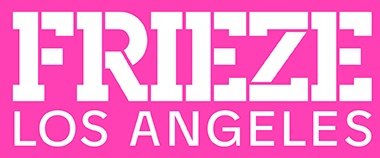
Frieze Art Fair
9900 Wilshire Boulevard in Beverly Hills CA
+1 212 463 7488 e-mail:
February 17 > 20, 2022
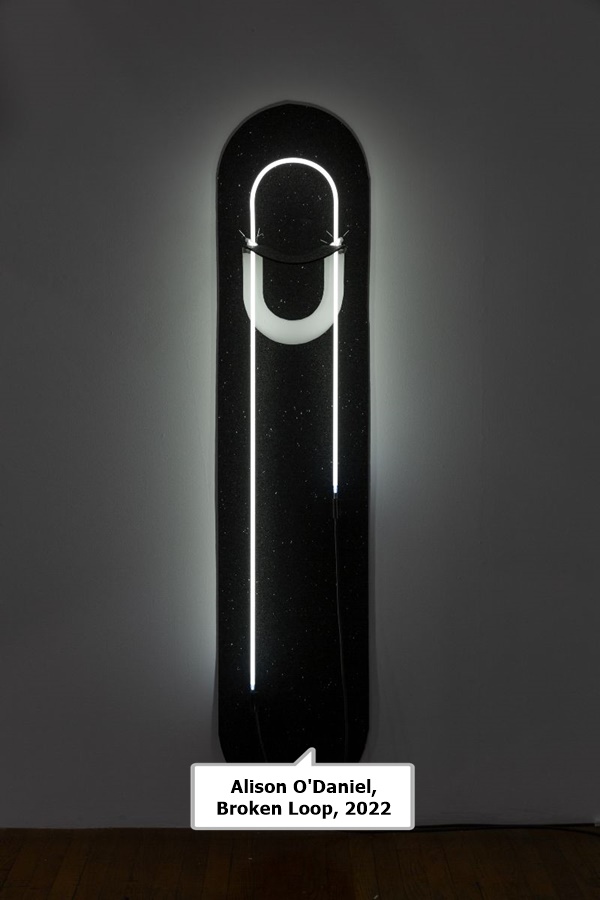
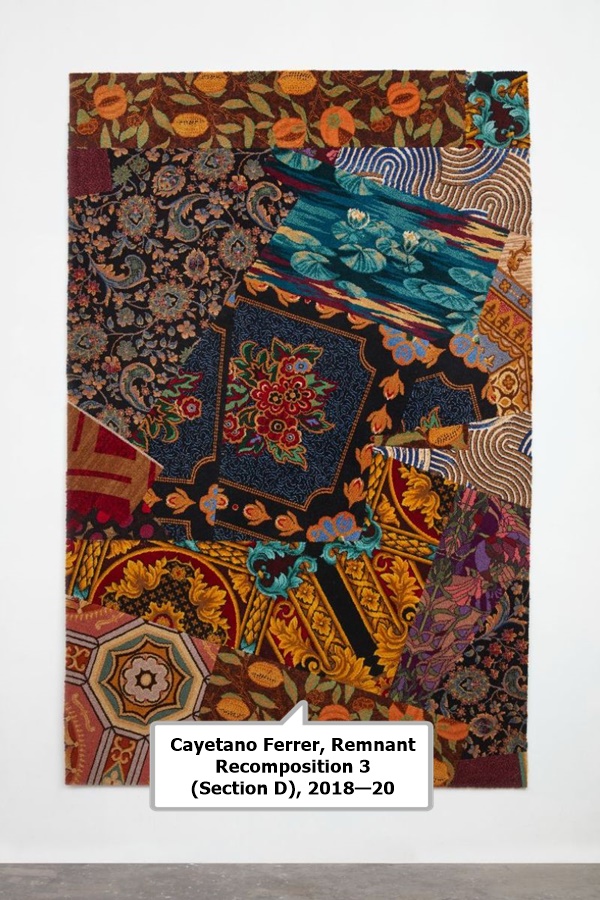
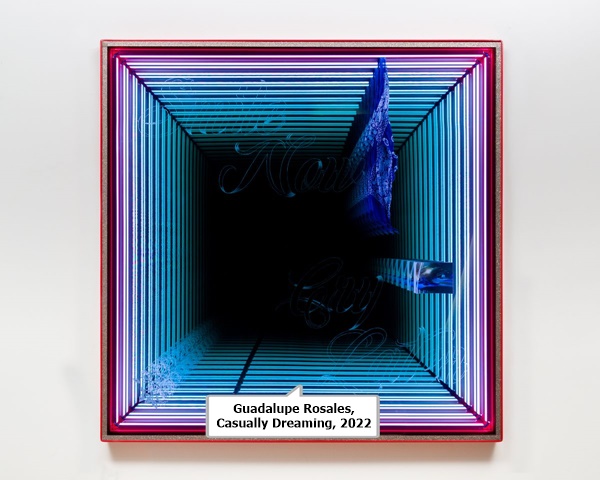
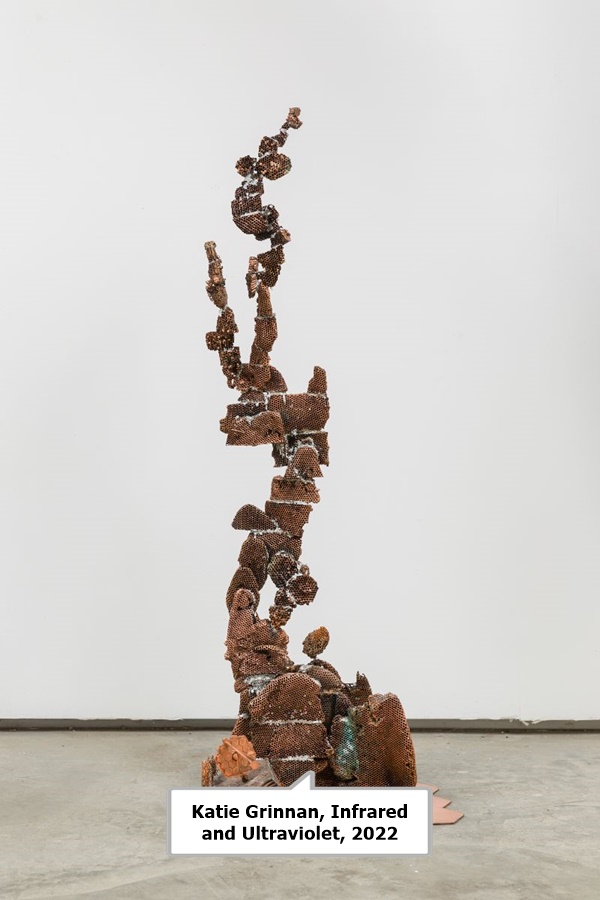
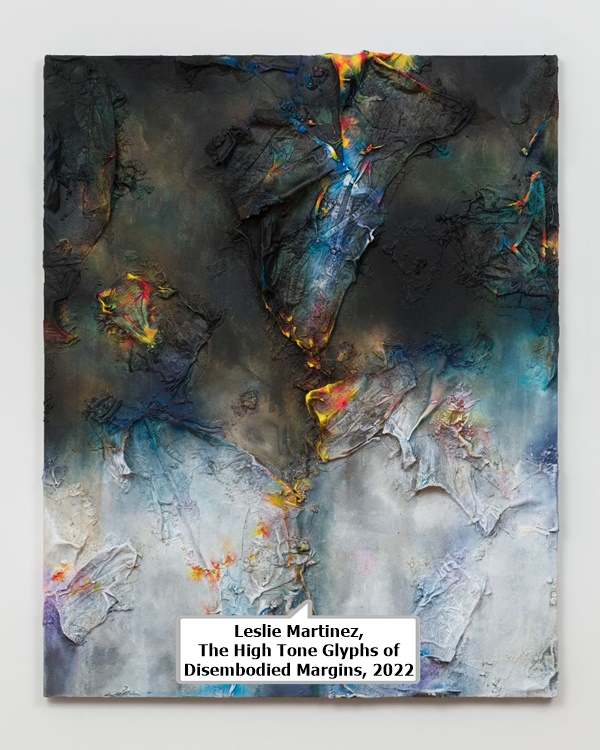
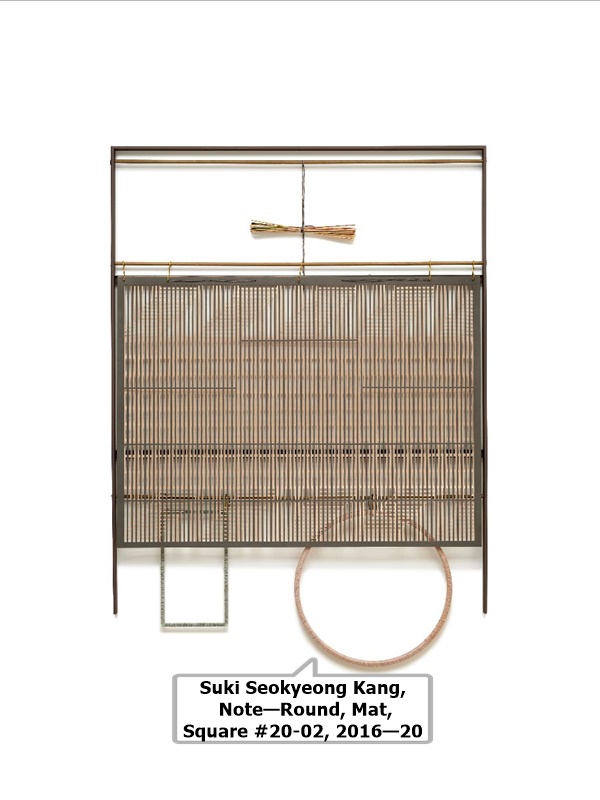
Booth A15
Alison O'Daniel interrogates the spaces of loss and (mis)communication, exploring states of both productivity and frustration. A new neon sculpture made for Frieze Los Angeles describes the artist's experiences straddling hearing and Hard of Hearing worlds.
I've been in a chronic state of ear fatigue during the past 6 months. Listening to music, doing sound design on my films, working with sound editors on detailed sound mixing, writing captions to sound I can barely hear, requesting captions on zoom calls, or navigating people speaking to me while wearing face masks wreaks havoc on my mental well being. I am Hard of Hearing and lipread and wear hearing aids and I am so exhausted right now by hearing - both the act of it and the omnipresence of its value. When I create work, I try to play ear-free listening games in order to reclaim and transform the emotional, mental and physical exhaustion into something generative and productive. Like the children's game Telephone, the work resembles a phrase being passed down a line of mishearing and Hard of Hearing participants. These two sculptures are meant to exist as 'wrongly heard' versions of one another.
— Alison O'Daniel, 2022
Remnant Recomposition amalgamates a mass of casino carpet swatches. The multifarious visual motifs found in the individual carpet patterns refer to the placeless characterization of Las Vegas (and, more broadly, the American West). The successive patchwork of appropriations and decontextualized references creates a cultural and temporal pastiche, a sort of timelessness at the convergence of a clumsy abundance of historical traditions. The aggregation of graphic references re-appropriates the flattening of source material performed by the original carpets in their role as casino flooring. Fragmented, reassembled, and further displaced in the context of the art object, the various iterations of Remnant Recomposition confuse time, place, and culture to create a hybrid entity straddling function, design, and art.
Rosales considers her lightbox sculptures as portals, playing with notions of embodied time. They implicate the viewer in dizzying tunnels of serial reflections, infinitely receding, always just out of reach. These repetitions recall the photographic effect of multiple exposures: as if the reflected body or object has been propelled through time, traced by its previous iterations like vapor trails. A self-appointed steward of memory, Rosales' work is steeped in East Los Angeles Chicanx culture and inflected with her own desire to enshrine and index fragments of a past life. These glitter-edged vitrines house a torn blue bandana, a collage of photographs, figurines found in liquor stores or Latinx neighborhoods, text engraved in the style of prison tattoos—all acting as synecdoche for a milieu seldom recognized.
During the 2020 lockdown in Los Angeles, Grinnan became cognizant of the beings with whom she shares working and living space. She observed the nesting and migration cycles of wasps and bees, particularly how their biological architecture was integrated with that of humans: a beehive clinging to a power meter, a wasp nest in the studio eaves. Infrared and Ultraviolet considers the invisible passages of energy between and amongst the organic and inorganic, drawing parallels between the unseen spectra upon which both insects and interstellar bodies operate. A tower of collected wasp nests and beehives, cast in copper via electroforming: a technique that preserves the original object within. The sculpture's glossy base references NASA's James Webb telescope, whose hexagonal mirrors recall a beehive's signature cavities, pointing not at the unknown depths of space, but at complex intelligence present on earth.
Dallas-based painter Leslie Martinez's works build on their ongoing interrogations of material in painting. Their practice draws on a resourcefulness they attribute to a borderland sensibility, integrating a revolving cache of "castoff" materials such as paint rags, paper scraps, sawdust, and wood ash. In doing so, they imagine a transformative potential in the abject and everyday, siting a queer futurity in these recombinations. In order to survive various forms of alienation on either side of a highly policed boundary, one must possess the vision and technique to permeate freely—knowing when to flicker and flow and when to harden, recede, and obscure. The world of the image is fluid, vaporous, and ephemeral while the objectness or body of the work occupies a confusing tactility of embedded transitions.
Suki Seokyeong Kang's sculptures comprise assemblages of several discrete units, called Jeong after the rhythmic divisions of Jeongganbo, a music notation system developed during the Korean Joseon dynasty (1392-1897), in which notes written in squares form grid-like arrangements. Like measures in a Jeongganbo score, Kang's units, whether woven mats or steel cylinders, accumulate into recombinant compositions underscoring their rule-driven, rigorously realized component parts. Yet this modularity is always provisional, a precarious arrival at one of several possibilities rendering cairns to be dismantled and reassembled, pointing towards freedom, individuality, and moments of levity, even tenderness.
Alison O'Daniel interrogates the spaces of loss and (mis)communication, exploring states of both productivity and frustration. A new neon sculpture made for Frieze Los Angeles describes the artist's experiences straddling hearing and Hard of Hearing worlds.
I've been in a chronic state of ear fatigue during the past 6 months. Listening to music, doing sound design on my films, working with sound editors on detailed sound mixing, writing captions to sound I can barely hear, requesting captions on zoom calls, or navigating people speaking to me while wearing face masks wreaks havoc on my mental well being. I am Hard of Hearing and lipread and wear hearing aids and I am so exhausted right now by hearing - both the act of it and the omnipresence of its value. When I create work, I try to play ear-free listening games in order to reclaim and transform the emotional, mental and physical exhaustion into something generative and productive. Like the children's game Telephone, the work resembles a phrase being passed down a line of mishearing and Hard of Hearing participants. These two sculptures are meant to exist as 'wrongly heard' versions of one another.
— Alison O'Daniel, 2022
Remnant Recomposition amalgamates a mass of casino carpet swatches. The multifarious visual motifs found in the individual carpet patterns refer to the placeless characterization of Las Vegas (and, more broadly, the American West). The successive patchwork of appropriations and decontextualized references creates a cultural and temporal pastiche, a sort of timelessness at the convergence of a clumsy abundance of historical traditions. The aggregation of graphic references re-appropriates the flattening of source material performed by the original carpets in their role as casino flooring. Fragmented, reassembled, and further displaced in the context of the art object, the various iterations of Remnant Recomposition confuse time, place, and culture to create a hybrid entity straddling function, design, and art.
Rosales considers her lightbox sculptures as portals, playing with notions of embodied time. They implicate the viewer in dizzying tunnels of serial reflections, infinitely receding, always just out of reach. These repetitions recall the photographic effect of multiple exposures: as if the reflected body or object has been propelled through time, traced by its previous iterations like vapor trails. A self-appointed steward of memory, Rosales' work is steeped in East Los Angeles Chicanx culture and inflected with her own desire to enshrine and index fragments of a past life. These glitter-edged vitrines house a torn blue bandana, a collage of photographs, figurines found in liquor stores or Latinx neighborhoods, text engraved in the style of prison tattoos—all acting as synecdoche for a milieu seldom recognized.
During the 2020 lockdown in Los Angeles, Grinnan became cognizant of the beings with whom she shares working and living space. She observed the nesting and migration cycles of wasps and bees, particularly how their biological architecture was integrated with that of humans: a beehive clinging to a power meter, a wasp nest in the studio eaves. Infrared and Ultraviolet considers the invisible passages of energy between and amongst the organic and inorganic, drawing parallels between the unseen spectra upon which both insects and interstellar bodies operate. A tower of collected wasp nests and beehives, cast in copper via electroforming: a technique that preserves the original object within. The sculpture's glossy base references NASA's James Webb telescope, whose hexagonal mirrors recall a beehive's signature cavities, pointing not at the unknown depths of space, but at complex intelligence present on earth.
Dallas-based painter Leslie Martinez's works build on their ongoing interrogations of material in painting. Their practice draws on a resourcefulness they attribute to a borderland sensibility, integrating a revolving cache of "castoff" materials such as paint rags, paper scraps, sawdust, and wood ash. In doing so, they imagine a transformative potential in the abject and everyday, siting a queer futurity in these recombinations. In order to survive various forms of alienation on either side of a highly policed boundary, one must possess the vision and technique to permeate freely—knowing when to flicker and flow and when to harden, recede, and obscure. The world of the image is fluid, vaporous, and ephemeral while the objectness or body of the work occupies a confusing tactility of embedded transitions.
Suki Seokyeong Kang's sculptures comprise assemblages of several discrete units, called Jeong after the rhythmic divisions of Jeongganbo, a music notation system developed during the Korean Joseon dynasty (1392-1897), in which notes written in squares form grid-like arrangements. Like measures in a Jeongganbo score, Kang's units, whether woven mats or steel cylinders, accumulate into recombinant compositions underscoring their rule-driven, rigorously realized component parts. Yet this modularity is always provisional, a precarious arrival at one of several possibilities rendering cairns to be dismantled and reassembled, pointing towards freedom, individuality, and moments of levity, even tenderness.
 | Ajay Kurian | |
 | Alison O'Daniel | |
 | Amy Lien and Enzo Camacho | |
 | Anicka Yi | |
 | Cayetano Ferrer | |
 | Elle Pérez | |
 | Guadalupe Rosales | |
 | Katie Grinnan | |
 | Leslie Martinez | |
 | Stewart Uoo | |
 | Suki Seokyeong Kang | |
mpefm
USA fair art press release
Opening Times:
Please check your ticket or pass for your entry time.
Thursday Preview, February 17 (invitation only): 10am – 7pm
Friday Preview, February 18: 11am – 8pm
Saturday, February 19: 11am – 7pm
Sunday, February 20: 11am – 6pm
Tickets
ONLINE
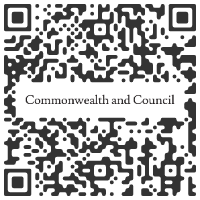
Please check your ticket or pass for your entry time.
Thursday Preview, February 17 (invitation only): 10am – 7pm
Friday Preview, February 18: 11am – 8pm
Saturday, February 19: 11am – 7pm
Sunday, February 20: 11am – 6pm
Tickets
ONLINE
QR of this press release
in your phone, tablet






